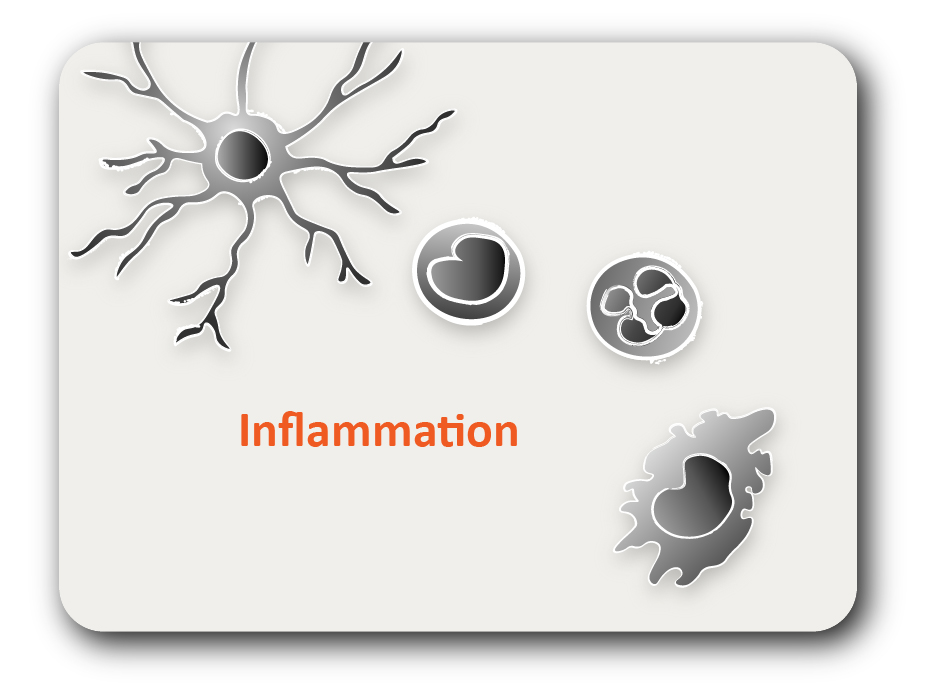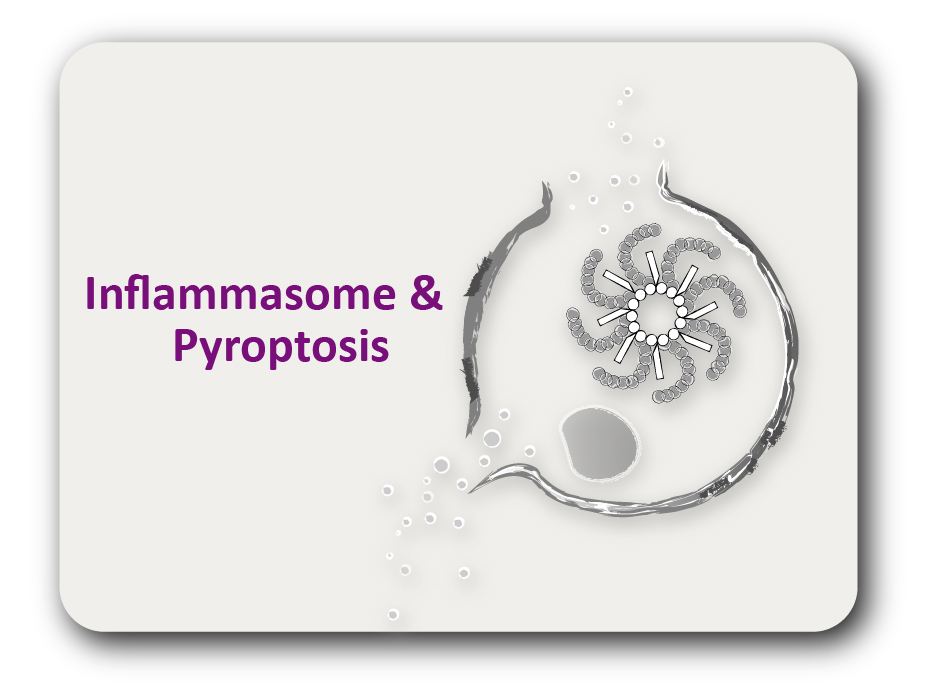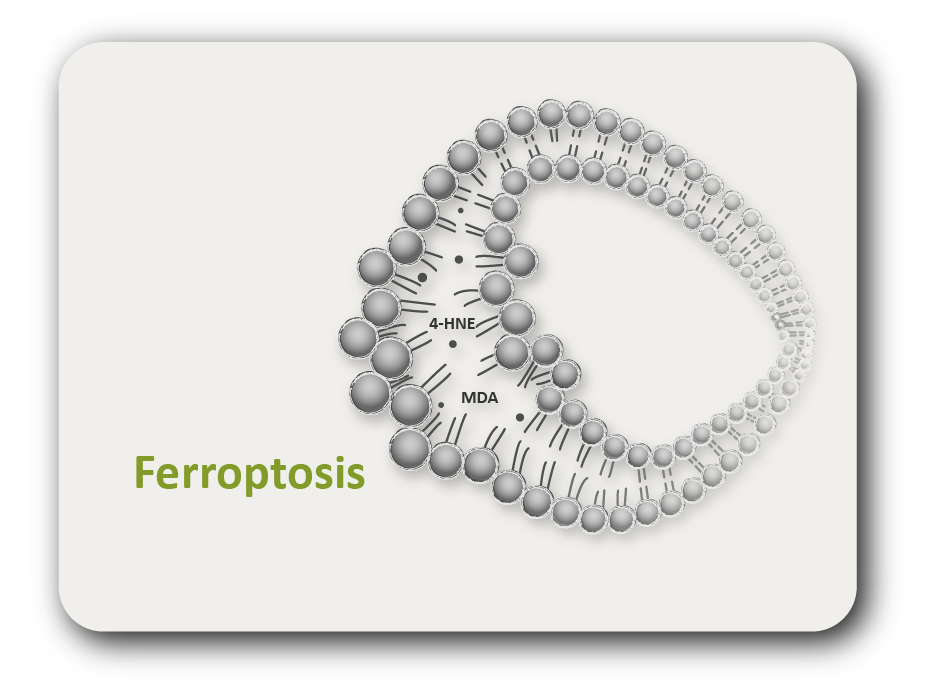ARG70525
Human CD204 / MSR1 recombinant protein (His-tagged)
Human CD204 / MSR1 recombinant protein (His-tagged) for SDS-PAGE
Overview
| Product Description | HEK293 expressed, His-tagged Human CD204 / MSR1 recombinant protein |
|---|---|
| Tested Application | SDS-PAGE |
| Target Name | CD204 / MSR1 |
| A.A. Sequence | Lys 77 - Leu 451 |
| Expression System | HEK293 |
| Alternate Names | MSR1; Macrophage Scavenger Receptor 1; SCARA1; SR-AIII; SR-AII; CD204; SR-AI; SR-A; Macrophage Scavenger Receptor Types I And II; Macrophage Acetylated LDL Receptor I And II; Scavenger Receptor Class A Member 1; Macrophage Scavenger Receptor Type III; CD204 Antigen; PhSR1; PhSR2; SRA |
Properties
| Form | Powder |
|---|---|
| Purification Note | Endotoxin level is less than 0.1 EU/µg of the protein, as determined by the LAL test. |
| Purity | > 95% (by SDS-PAGE) |
| Buffer | PBS (pH 7.4) |
| Reconstitution | It is recommended to reconstitute the lyophilized protein in sterile water to a concentration not less than 200 μg/ml and incubate the stock solution for at least 20 min at room temperature to make sure the protein is dissolved completely. |
| Storage Instruction | For long term, lyophilized protein should be stored at -20°C or -80°C. After reconstitution, aliquot and store at -20°C or -80°C for up to one month. Storage in frost free freezers is not recommended. Avoid repeated freeze/thaw cycles. Suggest spin the vial prior to opening. |
| Note | For laboratory research only, not for drug, diagnostic or other use. |
Bioinformation
| Gene Symbol | MSR1 |
|---|---|
| Gene Full Name | Macrophage Scavenger Receptor 1 |
| Background | This gene encodes the class A macrophage scavenger receptors, which include three different types (1, 2, 3) generated by alternative splicing of this gene. These receptors or isoforms are macrophage-specific trimeric integral membrane glycoproteins and have been implicated in many macrophage-associated physiological and pathological processes including atherosclerosis, Alzheimer's disease, and host defense. The isoforms type 1 and type 2 are functional receptors and are able to mediate the endocytosis of modified low density lipoproteins (LDLs). The isoform type 3 does not internalize modified LDL (acetyl-LDL) despite having the domain shown to mediate this function in the types 1 and 2 isoforms. It has an altered intracellular processing and is trapped within the endoplasmic reticulum, making it unable to perform endocytosis. The isoform type 3 can inhibit the function of isoforms type 1 and type 2 when co-expressed, indicating a dominant negative effect and suggesting a mechanism for regulation of scavenger receptor activity in macrophages. [provided by RefSeq, Jul 2008] |
| Function | Isoform III does not internalize acetylated LDL. [Uniprot] |





